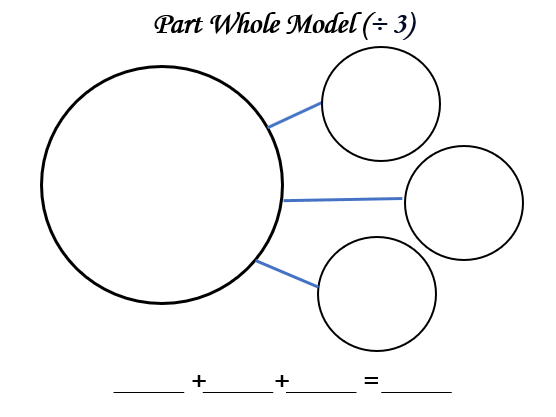Mimi's Shop
Over a 1000 purchases! Designed with a deep understanding of the classroom dynamics and curriculum requirements, my resources inspire engagement, promote critical thinking, and foster academic growth. Join me on this transformative learning adventure and discover a treasure trove of resources that will empower both teachers and students to thrive in their educational journey.



















